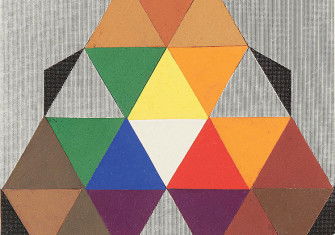John Goffe Rand Invents Paint Tubes
On 11 September 1841, John Goffe Rand patented the ‘metal rolls for paint’, sparking a revolution in oil painting.

Was it true, as Giorgio Vasari wrote, that oil painting was invented in the 15th century by Jan van Eyck and brought to Italy by the Sicilian painter Antonello da Messina, who travelled to Flanders to learn the secret of its making? Perhaps not.
But it was true that storing pigments, once mixed with oils, remained a challenge for centuries. Commonly, unused paints were sealed in a pig’s bladder tied with string.
Enter John Goffe Rand of New Hampshire: a portrait painter and inventor. He sailed for England in 1831 ‘equipped’, wrote a friend, ‘with talent, golden anticipation, hope – and with little else’.
There, he invented ‘metal rolls for paint’ – paint tubes, best made out of tin, lead or pewter – patented on 11 September 1841. It transformed not just the practicalities of art but its possibilities. As the French artist Pierre-Auguste Renoir said: ‘Without paints in tubes there would have been no Cézanne, no Monet, no Sisley or Pissarro, nothing of … Impressionism.’
It little benefited Rand. He lost everything investing in the rights to a modified piano; he and his wife returned home ‘as poor of purse as when they sailed away’, unable even to afford the customs duties on their possessions.






